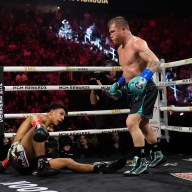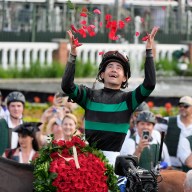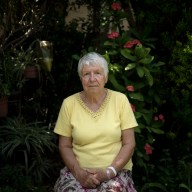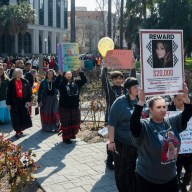English educator and architect Dr. Jos Boys has made a career out of questioning conventional wisdom. Her latest book, “Towards Creative Learning Spaces,” pokes many a hole in common assumptions about the physical spaces of higher education.
What are common mistakes universities make when designing buildings?
Very few educational institutions really attempt to work out what are the distinctive characteristics of this kind of learning at post-compulsory level. Creativity, for example, needs not just concentrated thinking and doing, but also opportunities for distraction and “mindlessness” — that is where ideas develop unconsciously.
What surprised you as you worked on this book?
The ideas going around were very basic — that if an environment looked “fun,” then somehow fun and learning would automatically take place in it. One of the key arguments in the book is that learning is a complicated process, where the interaction between student, teacher, place and context cannot be separated out.
When did you first think about the physical architecture of the classroom?
I was attempting to make a tree out of plasticine in primary school. The teacher insisted that I make it out of one round blob, stuck on top of a fat cylinder shape. This, I felt sure, was not what a tree looked like. I did not want to be a passive consumer of what teachers told me. When I went to architectural school, we were expected to design modernist buildings with glass facades and exposed concrete; I didn’t see why that was the most appropriate form for human occupation.
















